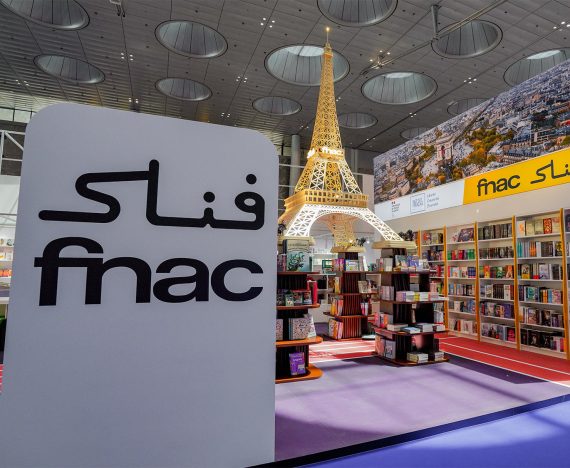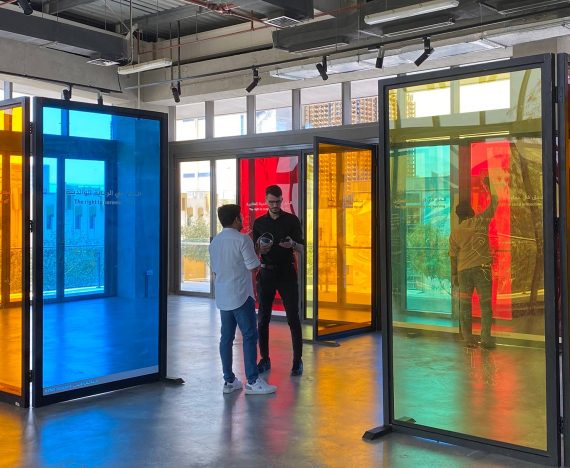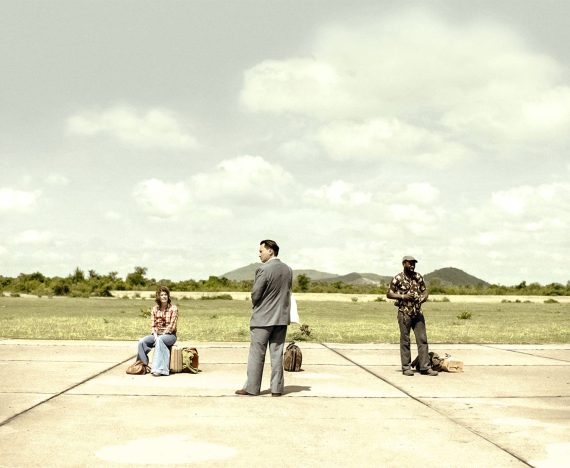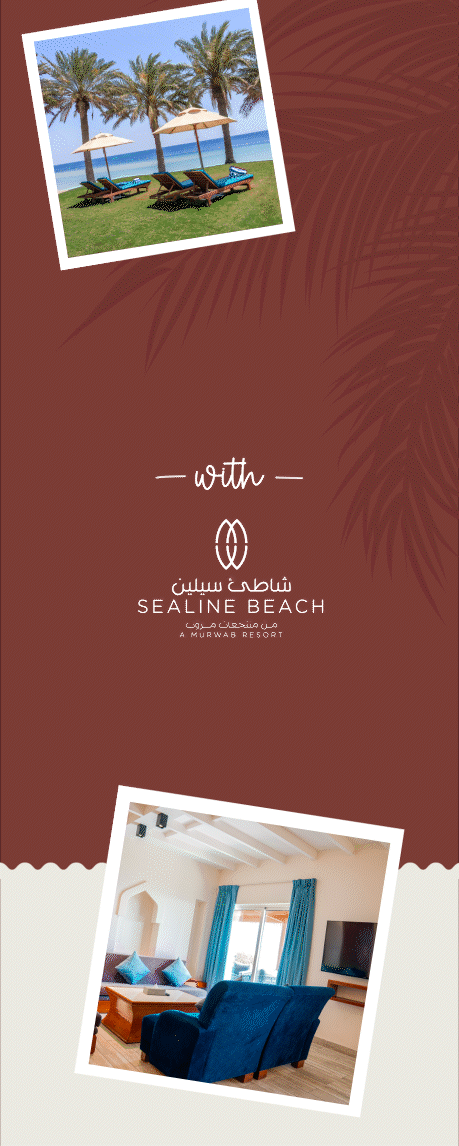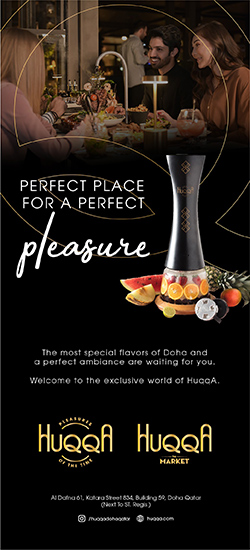Grey Times
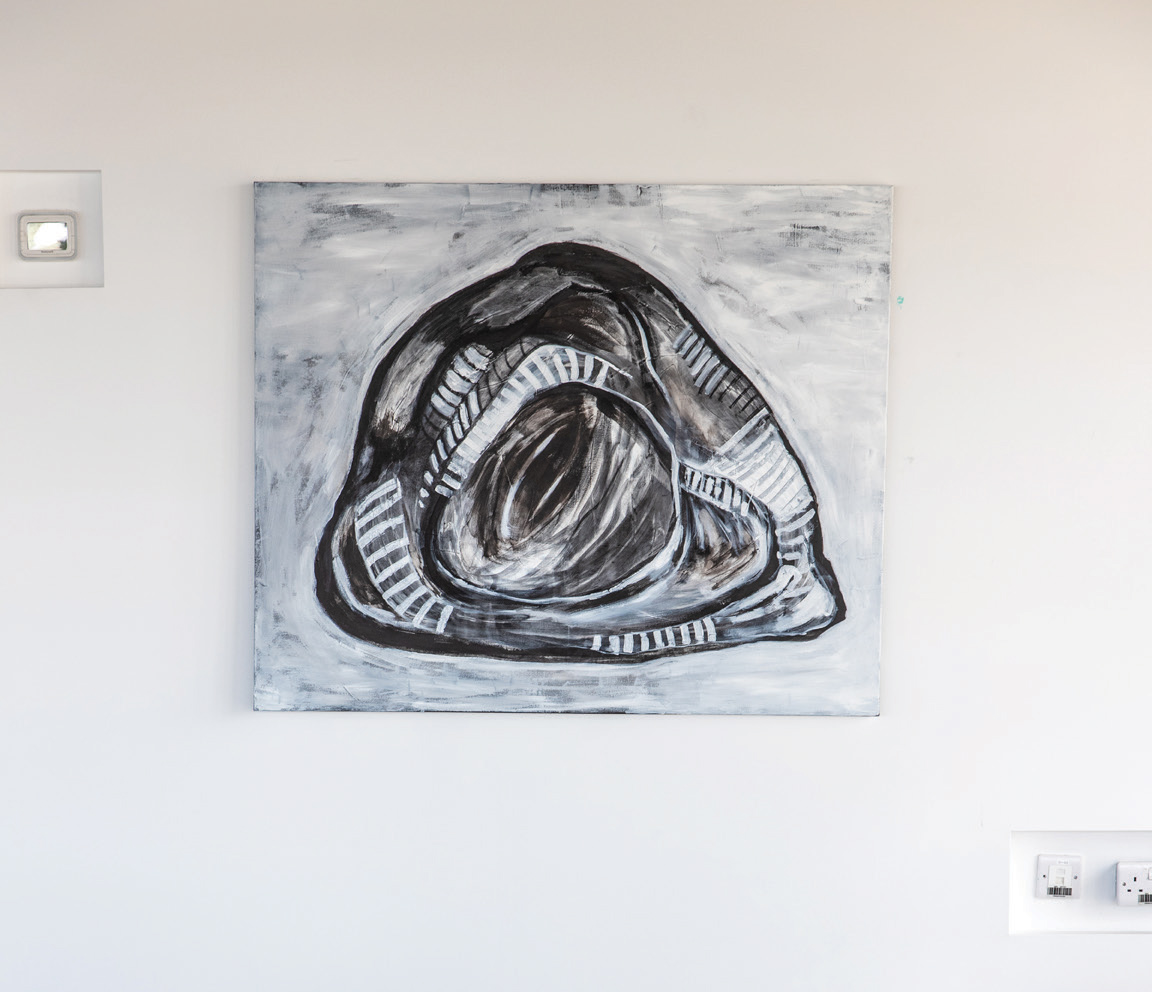
This past year affected everyone in more ways than one, and FACT’s Anzish Mirza visits the Fire Station Museum to explore how the pandemic impacted the artist’s and their creative process.

Many of us took solace in art during quarantine, a period in our lives that is still a reality for many around the world. Art provides a means for conversation and interaction, be it through music, painting, television, or the culinary arts (yes, even food). But for a select few artists at the Doha Fire Station, art was a means of being as they struggled to complete their installations and pieces through the pandemic.
The Fire Station: Artist in Residence recently unveiled Grey Times, an exhibition — running until July 24 — encompassing the works of artists who participated in the fifth edition of its annual Artist in Residence Programme (AIR5). The exhibition marks the end of the programme and is centred on the current context of the global outbreak of COVID-19, characterised by uncertainty and unprecedented challenges.

The initial plan for this year’s Artist in Residence Programme — curated by Dr. Bahaa Abudaya and Saida Ali Al-Khulaifi — was for artists to engage with the relationship between the visual arts and literature. However, the pandemic prompted changes in methods and outcomes for many of the artists, such as Mariam Rafehi, who exhibits ‘Beyond Ideas of Wrongdoing & Rightdoing.’
“As a media artist, I use a lot of technology, but during COVID19, I wanted nothing to do with technology,” laughed Rafehi, emphasising that she couldn’t look at screens anymore, and had to change her perspective. “I came to use wood as a medium to get to use my hands and really enjoyed it. I really liked the feeling of getting my hands dirty again,” she said in conversation.

Another such technical artist is Aisha Al-Muhannadi, who started off with the mission to foster in-person social interactions into her art but ended up reflecting the impact of virtual interactions in conversations between strangers, thanks to quarantine. In conversation Al-Muhannadi said that people seemed more relaxed and comfortable through online means, rather than meeting in person, which for her was a great find. “When we’re in a physical and open setting we have a lot of distractions, so these videos show people within their four walls, in their studios, at home, or in offices and we would just talk,” she observed. Her pieces host interviews from a simple man working as a guard in Doha, to an intriguing perfumer in Italy.
More artists showcasing their works as part of the 2020-2021 Artist in Residence Programme include: Aisha Al-Muhannadi, Ameera Al-Aji, Ebtesam Al-Hothi, Hadeer Omar, Haytham Sharrouf, Jaser Alagha, Latifa Al-Kuwari, Majdulin Nasrallah, Mariam Rafehi, Maryam Al-Maadhadi, Mashael Al Hejazi, Maysaa Almumin, Muna Al-Bader, Naila Al-Thani, Noor Yousef, Suzana Jouma, Hind Al Saad and Ameena Al Yousef.

These artists tackle various inspirations; from Rumi, to dreams, to conversations, inheritance, pearl diving, and more. It truly is a marvel of ideologies collected and displayed under one roof. It’s also interesting to see how many artists had to completely alter the meaning or display of the questions they had pre-pandemic — unable to fully pursue their artistic vision from the confines of their homes. However, this induced further meaning into many of the works displayed; telling stories through intuitive pieces that we can all relate to.

An example is the pieces of Muna Al-Bader, her sculptures and artworks showcase the emotions that pearl diver in Qatar felt, as they voyaged into the sea for months on end; leaving their families behind. “Quarantine really put us at a distance from one another, and this induced a deep empathy for their situation which you will see reflected in my pieces,” she said, pointing to the stunning hues of blue that overtake a large section of the exhibition.

Through the artworks created during the participating artists’ residency, Grey Times artists sought to answer the questions, “Who am I?” and “Who are they?” The works reflect the evolution and adaptability of the creative process in relation to limitations imposed by the pandemic i.e., the lack of studio space and social engagement, limited creative materials, execution, and installation. And now those months of struggle, have become celebrations of triumph and success. As artist Jaser Alagha stated when explaining his installation: “Memory is always changing.” ✤
GO: VISIT HTTPS://WWW.FIRESTATION.ORG.QA/ FOR MORE INFORMATION.











